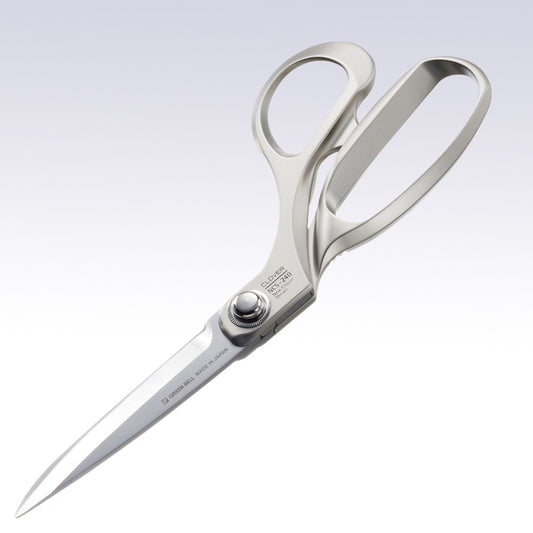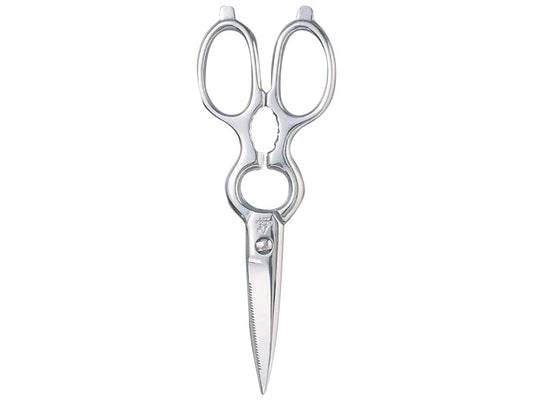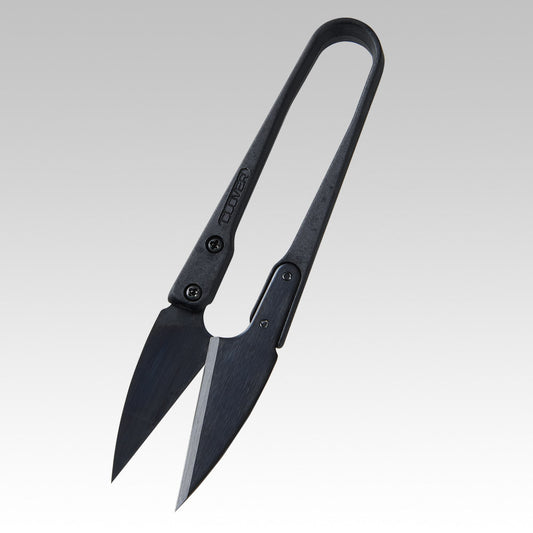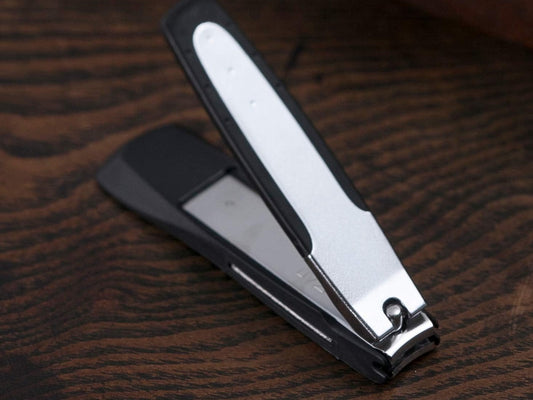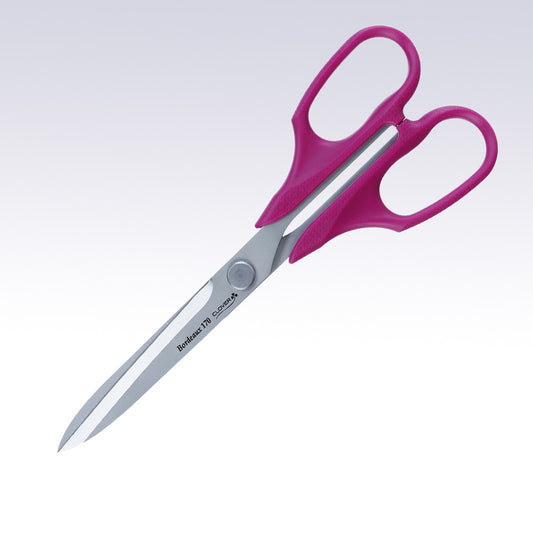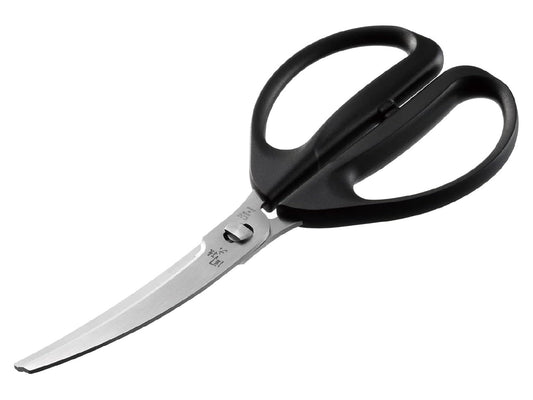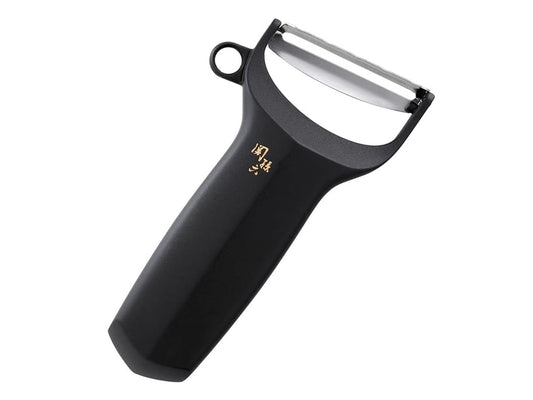Stainless Blade Steel Alchemy: Understanding Composition, Properties, and Enhancements
Stainless steel, a fundamental alloy in the blades' manufacturing, primarily consists of iron and a minimal amount of carbon. To amplify its attributes, elements like chromium (Cr), molybdenum (Mo), vanadium (V), tungsten (W), cobalt (Co), and copper (Cu) are incorporated. This meld of elements substantially enhances corrosion resistance, forming a range of steel with diversified properties.
While stainless steel is a type of alloy steel, it is distinguished primarily by its exceptional rust resistance. Conversely, alloy steels other than stainless steel are not particularly rust-resistant. Although not carbon steel, they are sometimes referred to as steel knives.

Distinguishing Features
Stainless steel is a unique alloy, primarily recognised for its superior rust resistance, contrasting significantly with other alloy steels, which generally lack this feature. The steel's "stainless" quality is established by its chromium content, which must exceed 10.5%. Typically, the stainless steel employed in cutlery contains 0.6%-1.0% carbon and 13%-16% chromium, attributing it with lesser susceptibility to stains and rust.
What is Rust and How Does Stainless Steel Protect Blades?
Oxygen in the air reacts with iron to form ferric oxide (rust), but chromium reacts with oxygen before iron does, making it difficult for ferric oxide to form. A stable thin oxide film forms on the stainless surface when the steel contains at least 11% chromium.
Though very thin, at several nanometres, this consists primarily of trivalent chromium, identified as CrOOH. This thin layer acts as a protective barrier for the stainless steel itself. Unless this film is damaged, corrosion does not progress, and rust doesn't form.
If damaged, it reacts with atmospheric oxygen (and dissolved oxygen in water) to reform, thereby maintaining its anti-rust properties.
However, stainless steel is merely rust-resistant, not rust-proof. After use, always wipe it thoroughly to remove moisture.
The Influence of Iron Purity and Additive Elements
The purity of the initial iron plays a crucial role in determining the properties of the final product. Mass production has enabled the availability of a broad spectrum of materials, ranging from economical to premium grades. Stainless steel of high purity, fortified with molybdenum (Mo), augments wear resistance, while the incorporation of vanadium (V) enhances toughness. These additional elements increase wear resistance, aiding in prolonged sharpness retention, although they may complicate the sharpening process.
Introducing wear-resistant elements such as chromium (Cr) or molybdenum (Mo) can compromise carbon steel's straightforward characteristics—easy sharpening and fine edging. Given that the composition of stainless steel often includes precious metals, its price point is inevitably positioned above that of other steel.
The Role of Diverse Elements in Material Enhancement
Chromium (Cr)
Enhances hardenability and corrosion resistance. When present in concentrations of 13% or more, it gives rise to what is known as stainless steel.
Molybdenum (Mo)
Forms carbides that amplify wear resistance. It elevates tensile strength, hardenability, and edge retention within stainless steel. It imparts increased toughness post-tempering and maintains hardness and wear resistance at elevated temperatures.
Vanadium (V)
Generates extremely hard carbides, elevating strength and wear resistance. It aids in the refinement of crystal grains and offers a decarburisation preventative effect, augmenting toughness and overall strength.
Tungsten (W)
Encourages carbide formation and improves wear resistance. It can endure high temperatures and bolsters hardenability.
Cobalt (Co)
Reinforces the hardened structure (martensite) and mitigates carbide fallout. It sustains hardness and wear resistance even at elevated temperatures.
Copper (Cu)
Once deemed an impurity, it is now occasionally added in trace amounts for its antibacterial properties.
Specialised Steel Grades: Stainless Blade Steel
The stainless steel designated for blades mandates a considerably greater hardness than conventional stainless steel, necessitating a tempering process. The adapted material, balanced in its elemental composition to prevent brittleness during tempering, is identified as stainless blade steel. It incorporates chromium, integral for its stainless characteristic, elevating its resistance to wear and offering corrosion resistance. Although its sharpness may not rival that of regular steel blades, it presents a cutting edge that is proficient for everyday household applications.
Advancements in Material: Molybdenum Vanadium Steel
As implied by its designation, molybdenum vanadium steel is a formulation that has witnessed substantial enhancements in wear resistance and toughness due to the incorporation of molybdenum (Mo) and vanadium (V) into stainless blade steel. Molybdenum fortifies it against alterations in hardness and strength induced by temperature and endows it with robust anti-corrosive properties, a reason it finds application in the medical sector for surgical blades.
While this alloy is resilient to corrosion, it is not immune to rust, particularly after exposure to seawater or acidic components during cooking. It is advised to cleanse it using a neutral detergent and thoroughly dry it with a towel post-use. A distinctive feature of corrosion observed on molybdenum steel is its manifestation as pinholes, resembling needle punctures. Prudent handling is paramount, with the understanding that corrosion resistance does not equate to an absolute immunity to rust.
AUS-6, AUS-8 and AUS-10
Aichi Steel Corporation produces the AUS series in molybdenum vanadium steel, notably used as blade steel. The series, including AUS-6, AUS-8, and AUS-10, vary in carbon content, affecting sharpness, resilience, and wear resistance. AUS6M is ideal for domestic use due to its resilience and affordability. AUS8 offers a balance in hardness and corrosion resistance, suitable for various uses, while AUS10, used in mid-range products, excels in hardness and wear resistance. Some AUS10 variants undergo a vacuum process for enhanced durability, denoted by ‘V’ in AUS 10V. For more details, please follow the link to read the full comparison.

VG Stainless Steel and SPG2 Powder Steel
TAKEFU SPECIAL STEEL CO., LTD is Japan's leading clad metal manufacturer, holding a dominant 60% market share. Their VG series, including VG10, VG1, VG2, and VG5, are renowned for their exceptional blade qualities.
VG10 stands out, with a 1.00% carbon content complemented by 15% chromium, 1% molybdenum, and 1.5% cobalt, marking it as a top-tier stainless blade steel. When combined with VG-2, it forms the exquisite Damascus steel seen in premium knives.
VG1, rich in purity, offers excellent corrosion resistance, while VG2 and VG5 strike a balance between sharpening ease and edge retention.
On the horizon is SPG2, a revolutionary product from powder metallurgy. With a sharper and more durable edge, SPG2 is hailed as the future of premium blades, merging the best of high-speed and stainless steel and ensuring long-lasting blade qualities even under advanced treatments.

Silver 1,3 and 5 Stainless Steel Series and ZDP189
The "Silver Steel" series is a prestigious range of stainless steel blades masterfully developed by Hitachi Metals, Ltd. This collection includes the Silver 1, Silver 3, and the pivotal Silver 5, the last of which is a popular choice for razor blade replacements.
Rooted in the series is the durable martensitic stainless steel SUS420, ensuring a robust foundation. When it comes to combatting corrosion, Silver 1 emerges as a champion due to its enhanced chromium content and the strategic infusion of molybdenum. On the other hand, Silver 3 boasts a hardness on par with carbon steel, promising both durability and longevity.
Beyond the Silver series, ATS34 and ZDP189 are making waves in the blade industry. These steels are primarily stainless, but their outstanding hardness levels, achieved without trading off corrosion resistance, mark them as elite choices. For those seeking top-tier blades, ZDP189 stands out, boasting an extraordinary hardness that comfortably exceeds 67HRC.





